Dutch Braid Vs. French Braid: Key Differences And Similarities
Discover the art of Dutch and French braiding and choose the one that goes with your vibe!
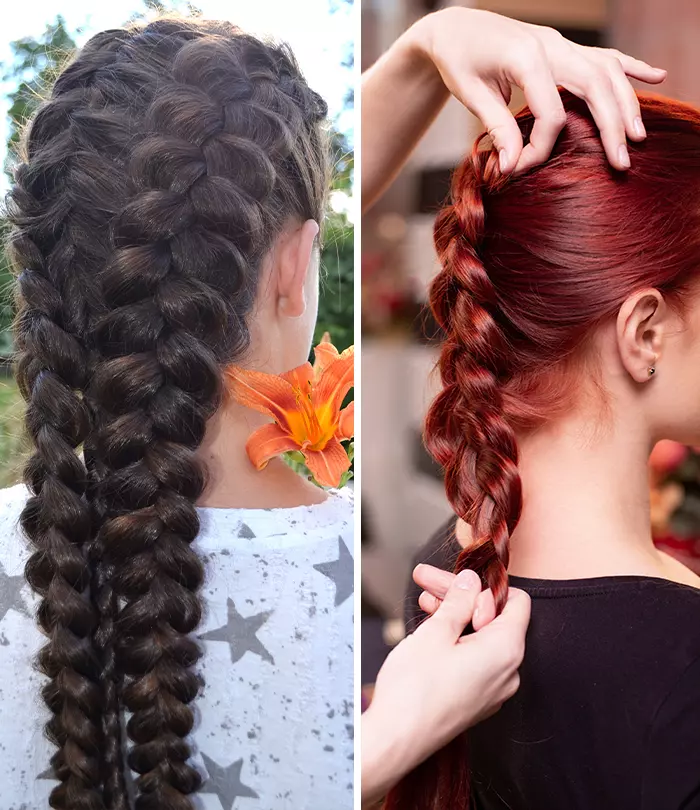
Image: Stylecraze Design Team
When discussing braiding, two styles often come to the forefront and are compared for their elegance and intricacy, leading to the Dutch braid vs. French braid debate. The French braid is a timeless classic that starts from the top of your head and weaves the hair into a sleek braid down your back. But if you want to up your game and add some dimension to your locks, the Dutch braid is the way to go. Since this hairstyle is created with the underhand braiding technique, this braid pops out against your head, creating a bold and textured effect. Understanding the differences between the two hairstyles is crucial to identifying which one best suits your personal style. This article delves deeper into the intricacies of both hairstyles, exploring their similarities and differences, techniques, and esthetics. Read on to find out what makes each one special and which one is perfect for you.
In This Article
Dutch Braid Vs. French Braid – What Are The Differences?
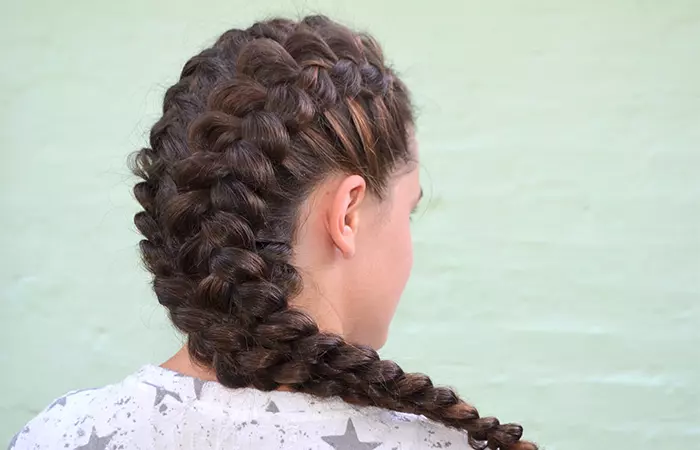
When you stand Dutch braid vs. French braid side by side, you will find each has distinct characteristics that set them apart. Whether you select the Dutch braid technique for its inverted or inside-out braid style or the classic French method, it is essential to understand each braided hairstyle’s key differences. Here’s a clearer picture to guide you when choosing between these two braiding techniques:
- Technique: The Dutch braid involves tucking the hair strands or hair sections under one another, creating an embossed pattern that elevates the braid off the scalp for a 3D effect.
On the other hand, French braids are done by weaving hair sections over the top, offering an easy braided hairstyle that gracefully sits against the scalp, giving a stylish touch to traditional 3-strand braids.
- Dimension: The Dutch braid wins on texture and relief. Its weaving technique makes the braid appear more pronounced. It is perfect if you are looking for a protective style.
Meanwhile, the French braid appears smooth and flat, giving it a more blended appearance with your head’s shape. The uniformity of the French braid’s flush design offers an excellent choice for a refined silhouette.
- Volume: Dutch braids naturally afford more volume due to their raised profile. French braids are closer to the head, offering less volume but a sleeker silhouette perfect for both casual and formal settings.
- Styling Options: Mood and occasion often direct the choice of style – Dutch braids project a bolder statement as they impart volume and the illusion of a braid floating above the scalp, standing out in more casual and daring settings.
French braids exude a sense of sweet, youthful innocence as they cascade gently down the head, blending with your hair’s natural flow. These are often the go-to styles for a soft and elegant look at formal events.
Holly, a blogger, shared her experience of doing Dutch braids on her hair. She shared, “By far my favorite of them all is the Dutch Braid, It is basically a French braid done inside out and it always looks professional and fancy even though I pull the heck out of it to make it look loose and sloppy (i)!”
Together, these differences between the Dutch braid and the French braid add nuance to your hairstyle, revealing your personality and complementing your ensemble, whether you are seeking a French braid’s angelic simplicity or the Dutch alternative’s bold charisma.
 Did You Know?
Did You Know?While the debate between the Dutch braid and French braid often centers on their distinct differences, there is common ground that unites these two beloved hairstyles. Beyond their peculiarities, both offer a nod to the elegance and tradition of braiding. Let’s shift our attention from their differences to the shared techniques and attributes that make both the Dutch and French braids enduring favorites in the world of hair artistry. Keep reading.
Similarities Between A Dutch Braid And A French Braid

Despite the Dutch braid vs. French braid debates on which stands out better, they share an array of similarities that make them both go-to styles for braid lovers everywhere:
- Basic Structure: Both Dutch and French braids start with the fundamental three-strand technique that is familiar to anyone who’s ever plaited their hair.
- Lasting Hold: As you plait, both styles require you to gradually add a thin section of hair into one of the main hair strands before you intertwine it. This key technique binds the braids effortlessly to your hair. Both braids involve steadily weaving in new hair as you plait, locking them seamlessly into your style.
- Placement: They both traditionally start at the crown of the head and work their way down towards the nape of the neck, eventually finishing off as a regular braid.
- Versatility: Both Dutch and French braids offer a base for countless variations, from elegant updos to playful side braids. You can do crown braids, pigtail braids, head braids, or half-French, half-Dutch braids, and also use any hair accessory for that extra oomph factor.
Jenni, a blogger, shared her experience of trying out a different style of French braiding. She explained, “I’ve made two french braids but with 5 strands instead of 3. I did this first time about a week ago and ended up with loose braids that fell apart, but after trying a few times, I’ve mastered the 5-strand french braiding (ii).”
- Scalp-Adhering: Each braid sits intimately against the scalp, creating a refined and structured look.
- Elegance: Whether sporting a Dutch or a French braid, you will undoubtedly bring a touch of sophisticated style to your overall appearance, as both braids convey a crafted, put-together sleekness.
Dutch braids and French braids share a common heritage that makes them classics in the hairstyling world. They are timelessly adored for their intricate patterns and the polished grace they bring to those who wear them.
Now that we have appreciated their common grounds, it is time to turn our braiding combs towards a question many enthusiasts grapple with: Which braid should you choose? Check out the next section to find out which type of braid suits your style and preferences the best.
Dutch Braid Vs. French Braid – Which Style Is Right For You?
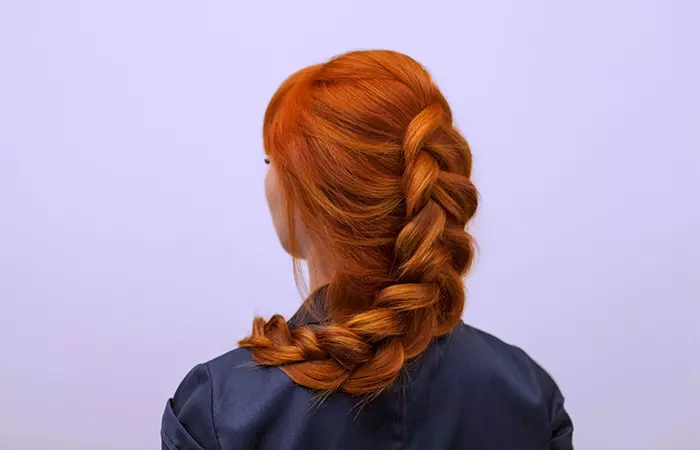
Deciding between a Dutch braid and a French braid can come down to recognizing what you value most in your hairstyle.
If you are someone who loves a bit of drama and a hairstyle that pops, the Dutch braid, with its pronounced, textured braid that stands out atop your hair, might be the right choice for you. It has a modern, trendy feel to it that works exceptionally well when you want your hair to make a bold statement.
On the other hand, a French braid offers a timeless charm that is hard to beat. It gracefully blends into your natural hair while providing a neat, polished look fit for any setting — be it a sophisticated event, an everyday look, or a casual outing. It is the quintessential braid that exudes a kind of effortless elegance and a touch of softness.
 Fun Fact
Fun FactWhether you have clean hair, day-old hair, or flat hair, these two braiding styles can add definition and create a unique look of your own. Ultimately, when it is a toss-up between a Dutch braid and a French braid, consider the occasion and the look and feel you are aiming for. Dutch braids look great for casual or semi-formal events, whereas French braids look nice for formal events. Your style should also play a part in your choice. Do you lean towards something classic and understated? Or are you one to embrace bolder, more adventurous hairstyles? Whichever you choose, both braids will elevate your hair game with their unique twists and turns.
Now that you have a sense of whether a Dutch braid or French braid aligns with your style, it is time to take the next step. Those enticed by the classic elegance of French braiding and thinking, “That’s the style for me!” are likely eager to learn how to craft this timeless look for yourself. Check out the step-by-step French braid tutorial in the next section.
How To Do A French Braid
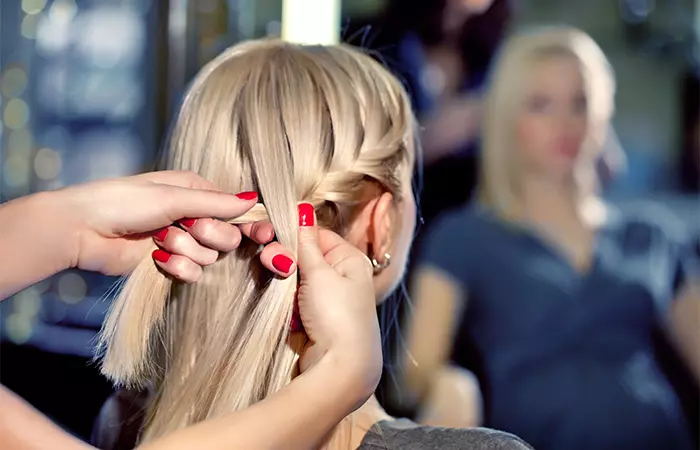
Crafting a French braid may seem like a skilled fort built by hair artisans, but with some simple steps, you can master this classic look yourself. If the timeless beauty of the French braid has caught your preference, here is how to weave it step by step:
Things You Need
- Comb
- Hair tie
- Bobby pins
Process
- Step 1: Comb your hair to detangle and smooth it out before braiding. Mist some texturizing spray on your hair to provide grip.
- Step 2: Divide the top section of your hair neatly into three equal sections – left, middle, and right – starting from the crown of your head.
- Step 3: Begin the basic braid. Cross the right strand over the middle one, then the left over the new middle. This sets the foundation.
- Step 4: Add a small section of hair from the right to the right strand before you cross it over the middle. Do the same on the left, and keep alternating.
- Step 5: Continue the process of incorporating hair from each side and crossing them over, maintaining a snug yet comfortable tension as you move toward the nape of the neck.
- Step 6: After all the hair is woven into the French plait and you reach the base, finish off like a standard braid.
- Step 7: Secure the tail end with a hair tie. If you notice any additional hairs or strays, a few bobby pins can discreetly tuck them in place.
And voilà! With some practice, your hands will dance through these steps with finesse, weaving a French braid that exudes style and practicality.
Picking up from where we left with the French braid, let’s transition into learning a similar yet visually distinctive braiding technique—the Dutch braid. Let’s explore different techniques to master the Dutch braid step-by-step.
How To Do A Dutch Braid
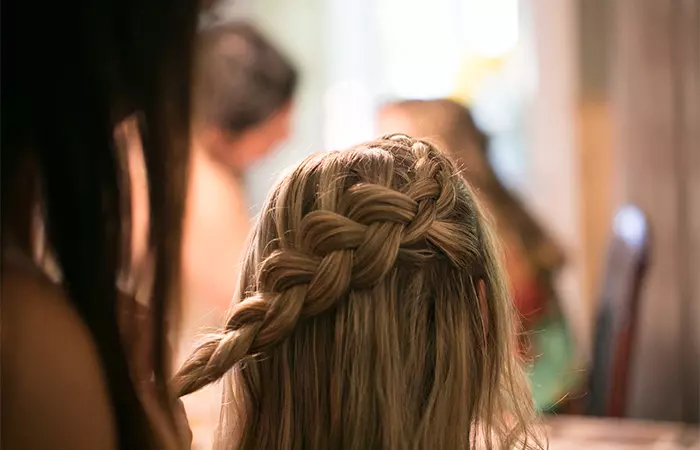
The Dutch braid stands out as a creative alternative to the classic French braid we have come to adore. Here’s your step-by-step guide to mastering the Dutch braid and enhancing your skills:
Things You Need
- Comb
- Hair elastic
- Boddy pins
Process
- Step 1: Brush your hair to make sure there are no tangles that could complicate braiding.
- Step 2: Take a section from the top of your head, and split it into three equal parts.
- Step 3: Take the right section and cross it underneath the middle section. Do the same with the left section.
- Step 4: Every time you cross a section under the middle, add a little more hair to that section.
- Step 5: Keep adding hair and crossing sections under the middle one until you bring all your hair into the braid.
- Step 6: Finish by braiding the length of your hair down to the end as you would a normal braid.
- Step 7: Secure the braid with a hair elastic. Use bobby pins to hold extra hair strands.
As you perfect this braiding technique, you can experiment with it to execute more creative Dutch braid hairstyles to amp up your looks.
With practice, deciding between a Dutch braid and a French braid will be as simple as tying your shoes, and you will be able to style your hair both ways with ease.
The choice between a Dutch braid and a French braid often boils down to personal preference and the occasion at hand. Both braiding techniques, with their own set of charms, are timeless, classic hairstyles that can adapt to a variety of looks and moods. Whether you opt for the French braid’s understated elegance or the Dutch braid’s textured boldness, you will be embracing a hairstyle steeped in history and loved worldwide. Remembering these steps and differences can serve as your go-to guide when you are pondering ‘Dutch braid vs. French braid’ for your next hair adventure. No matter which you choose, braid on with confidence!
Frequently Asked Questions
Can you incorporate accessories into Dutch and French braids?
Yes. Accessories can enhance the overall look of Dutch and French braids. For example, colorful ribbons bring a pop of color, whereas decorative beads placed strategically on the braids add an elegant flair. You may also try integrating flowers for a natural touch.
Do Dutch and French braids work better on certain hair types?
Dutch and French braids generally work on all hair types from straight to curly hair, but often hold better and are easier to manage on textured or slightly dirty hair.
How tight should you make a Dutch braid compared to a French braid?
Dutch braids are usually crafted a bit tighter than French braids to secure their signature raised appearance.
Can you use extensions with Dutch and French braids?
Yes. Hair extensions can be seamlessly incorporated into both Dutch and French braids to add length and volume.
How long do Dutch and French braids last?
Dutch and French braids can last for several days, depending on the hair type, the tightness of the braid, and daily activities.
Which braid is better for thick hair?
For thick hair, a Dutch braid may be preferable as its structure can more comfortably accommodate and manage the volume.
Is it better to do Dutch braids with wet or dry hair?
Dutch braids should be done on dry hair to minimize the risk of damage and to maintain the braid’s texture.
Can you combine Dutch and French braids in one hairstyle?
Yes, you can creatively merge Dutch and French braids within the same hairstyle for a dynamic and intricate look.
Key Takeaways
- French braids lie flat and sleek against the head; Dutch braids have a raised, 3D effect for a bolder look.
- Both braids start at the crown, using a three-strand technique and incorporating new hair as you go.
- They can accommodate variations like updos or side braids, highlighting these styles’ versatility.
- Dutch braids give off a bolder aesthetic, making a pronounced statement, while French braids convey understated elegance.
The essential difference between Dutch braid and French braid is in the style in which the braids are done. Both are great and In this informative video, you will learn about the differences between both braids while learning how to braid in both styles. Check it out below.
Personal Experience: Source
StyleCraze's articles are interwoven with authentic personal narratives that provide depth and resonance to our content. Below are the sources of the personal accounts referenced in this article.
(i) My Go-To Hair: Dutch Braidshttps://hollyshousewifelife.blogspot.com/2018/02/my-go-to-hair-dutch-braids.html
(ii) At Least The Hair Looked Nice
https://jennishairdays.wordpress.com/2013/08/
Read full bio of Laura Dale
Read full bio of Aparna Harry
Read full bio of Asmita De
Read full bio of Vaishali Sinha





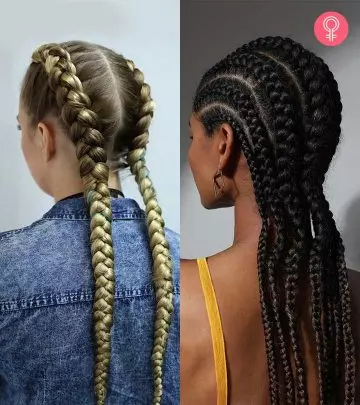

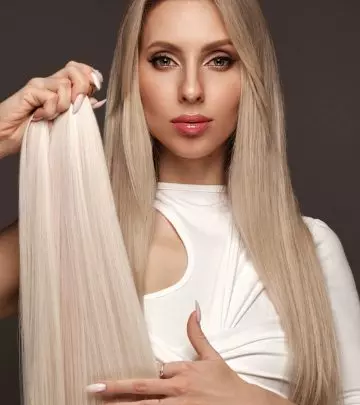
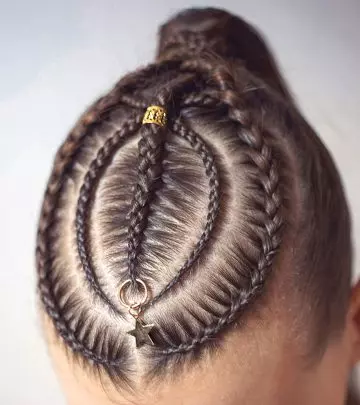

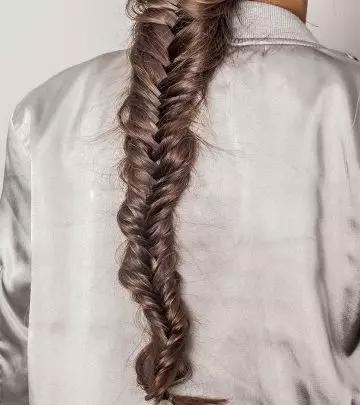
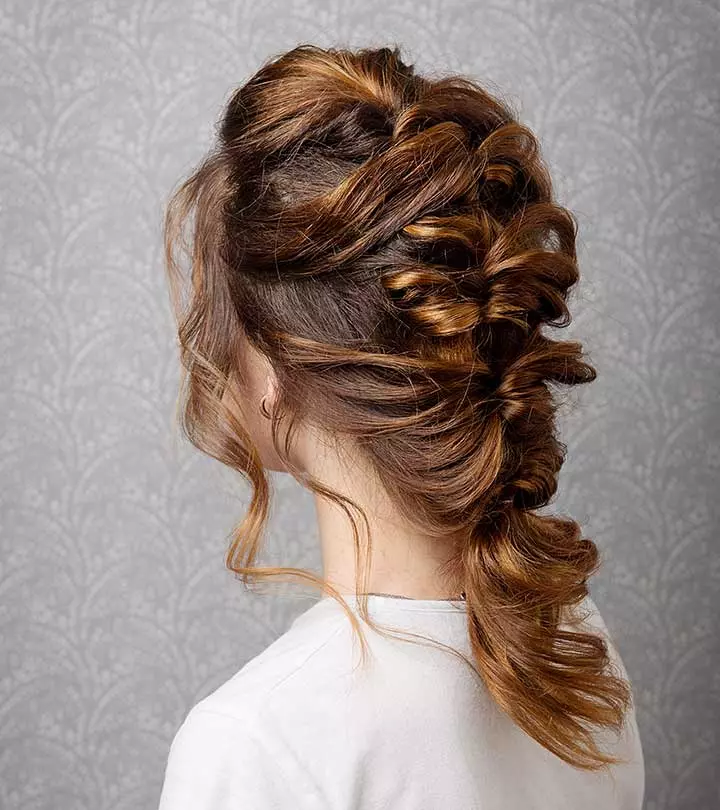
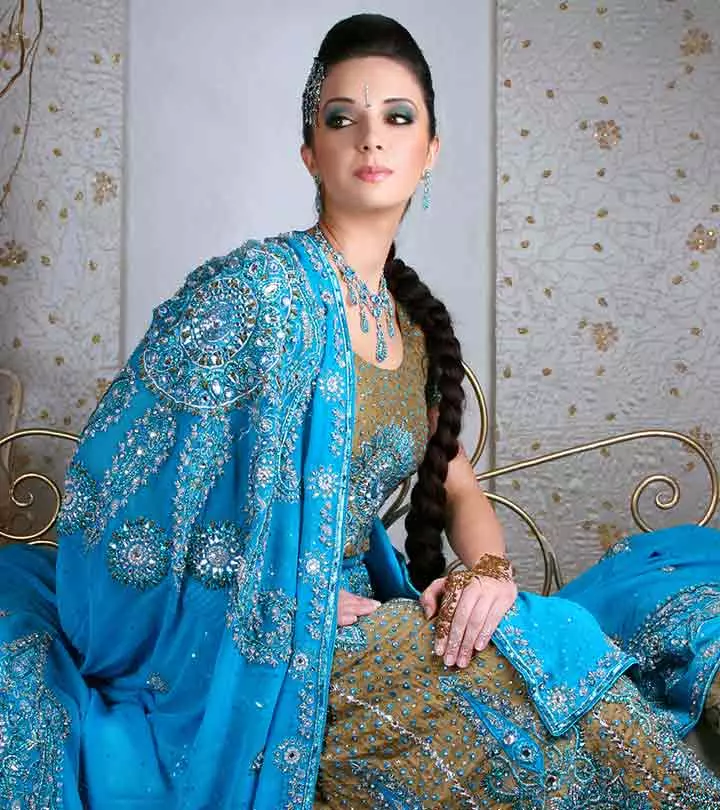
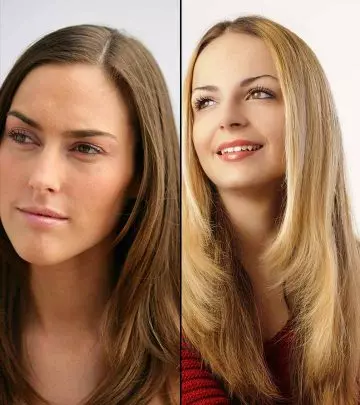
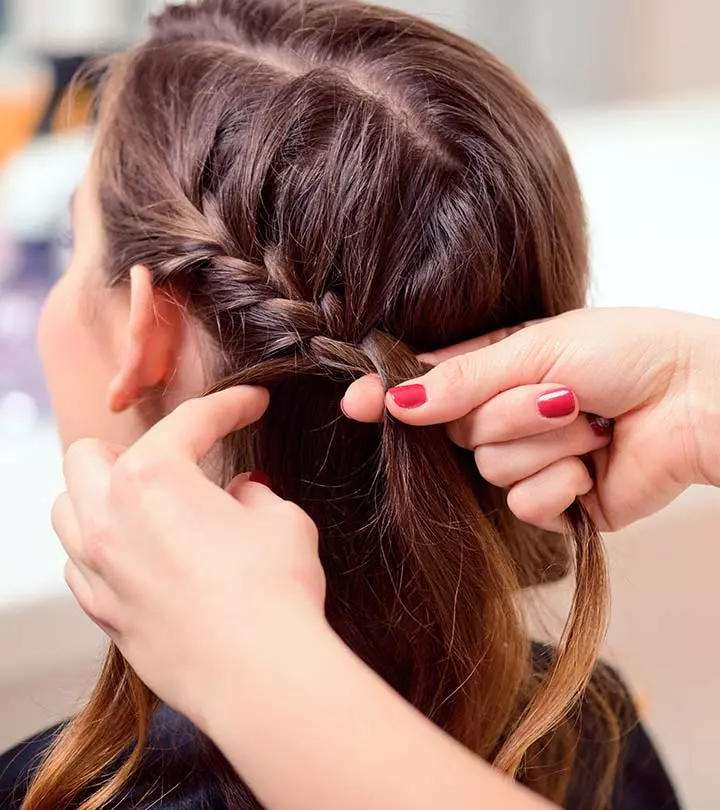
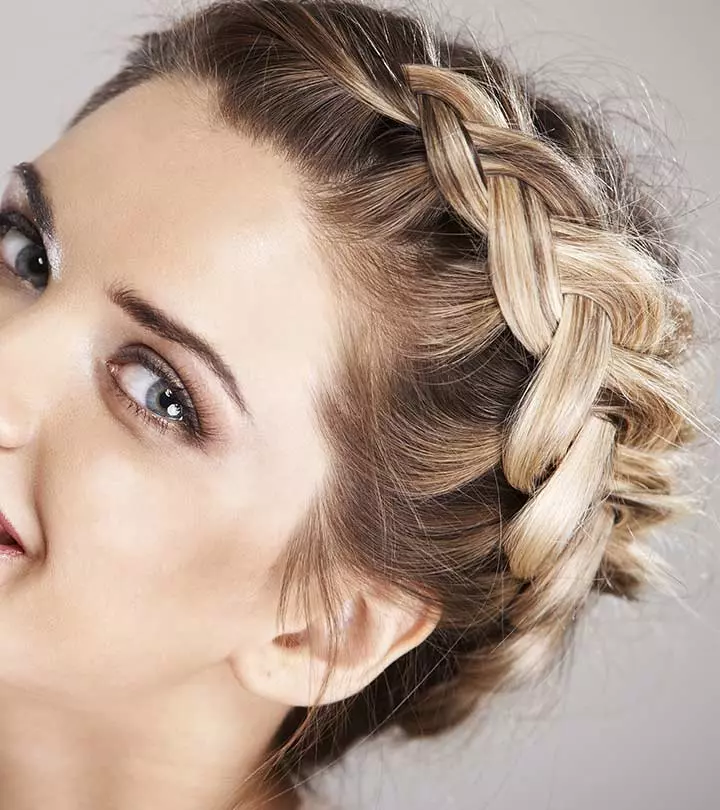




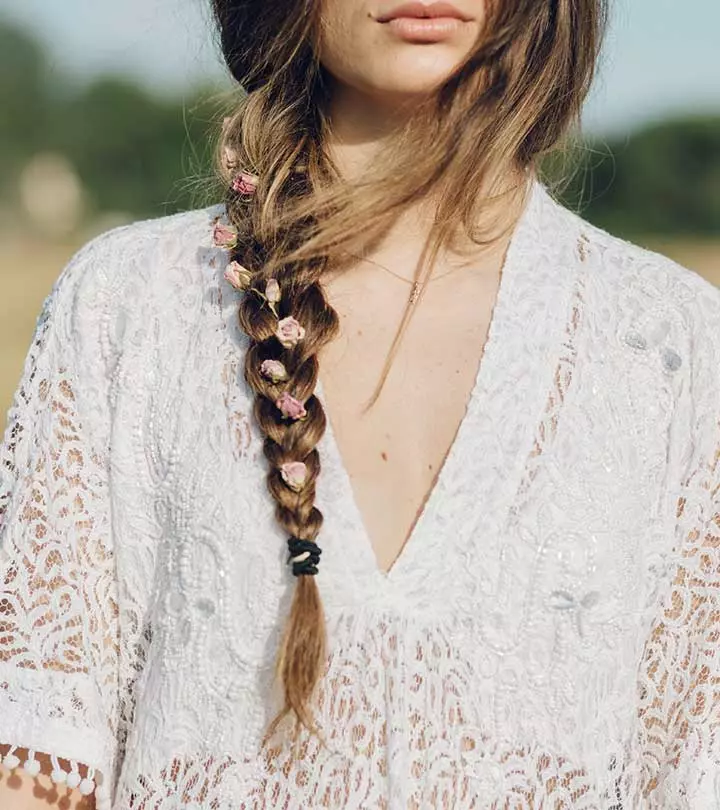

Community Experiences
Join the conversation and become a part of our empowering community! Share your stories, experiences, and insights to connect with other beauty, lifestyle, and health enthusiasts.